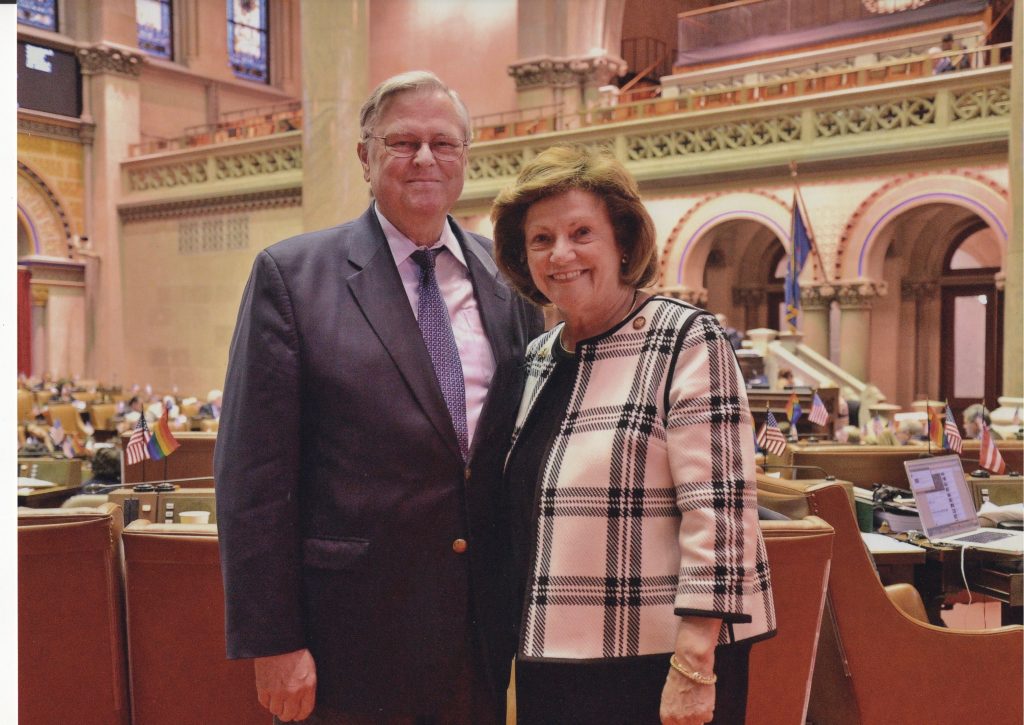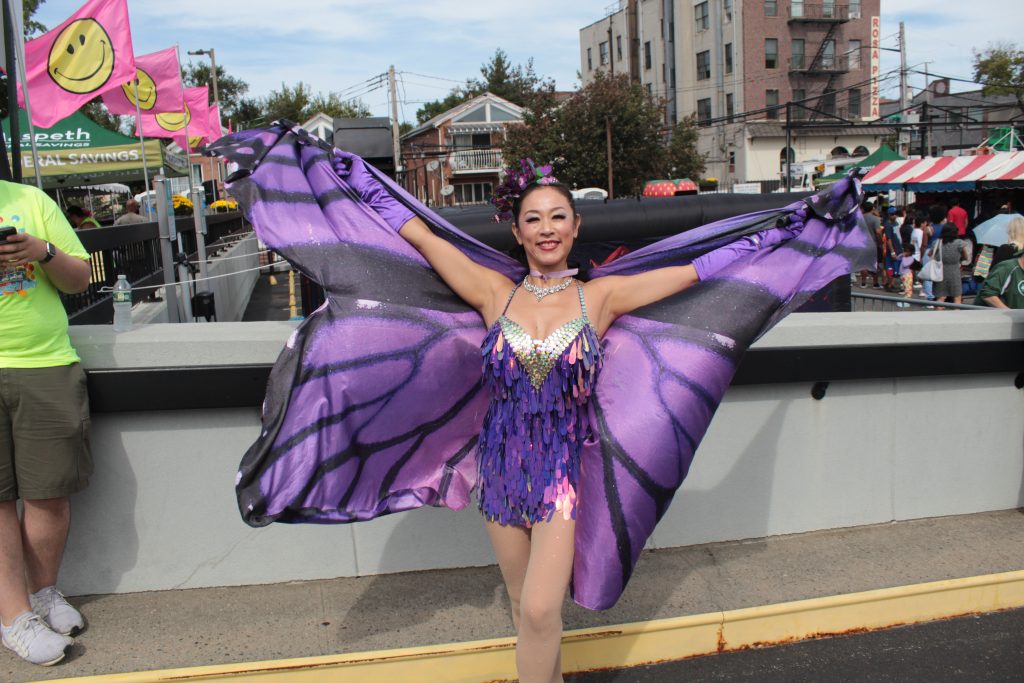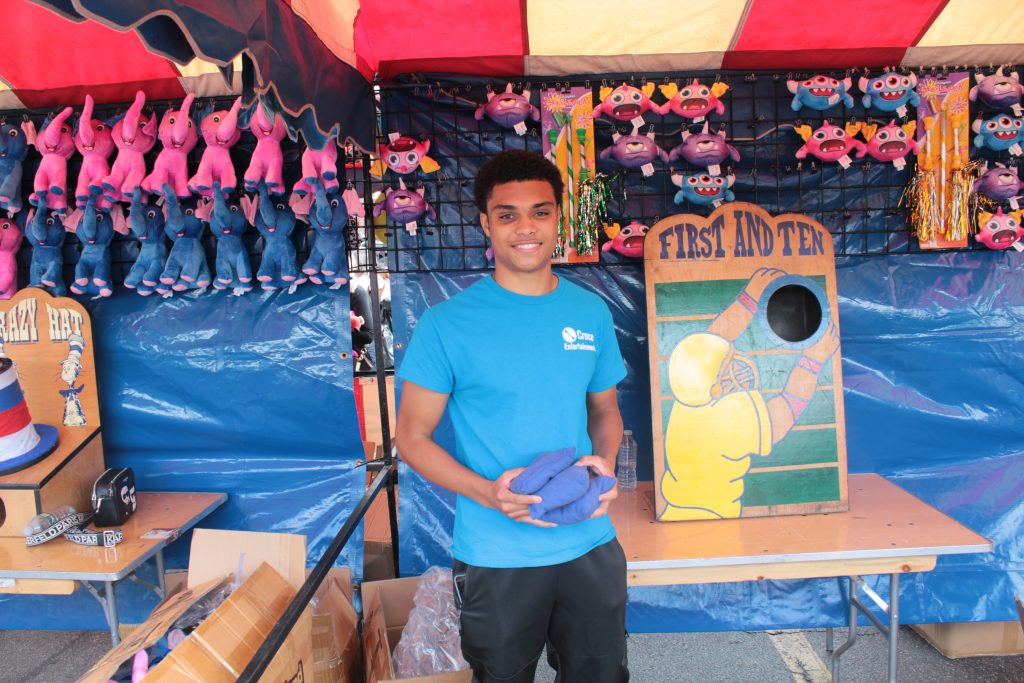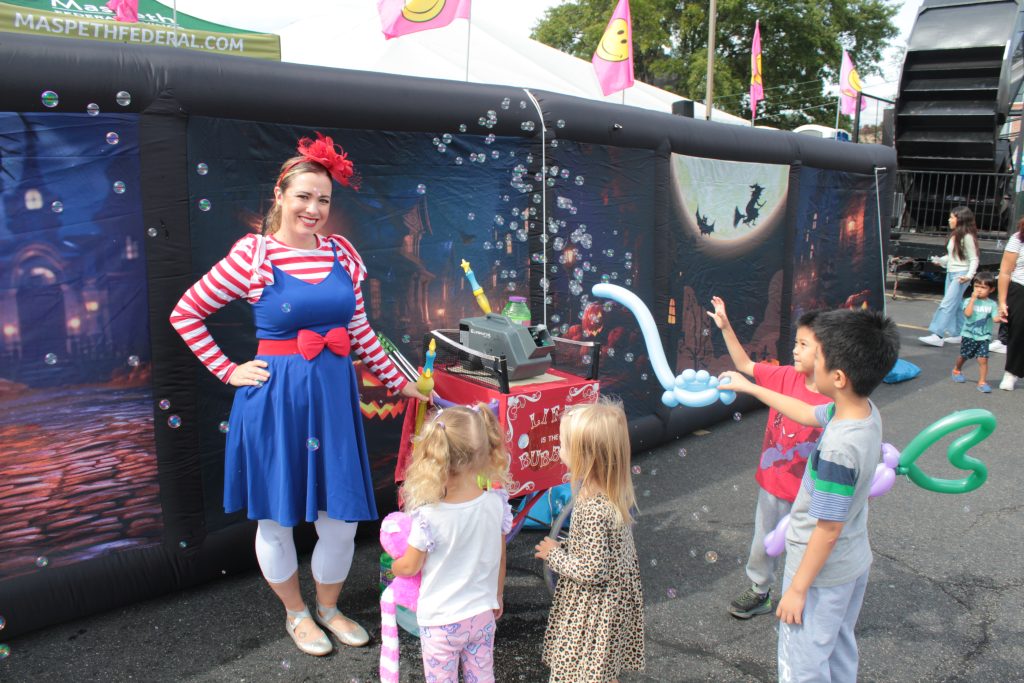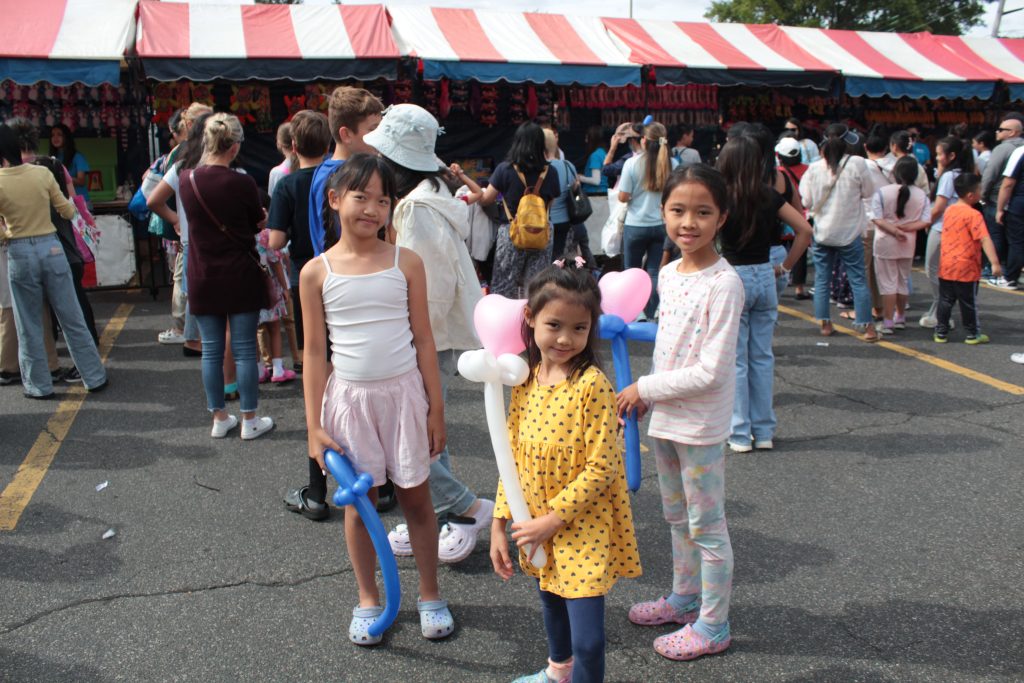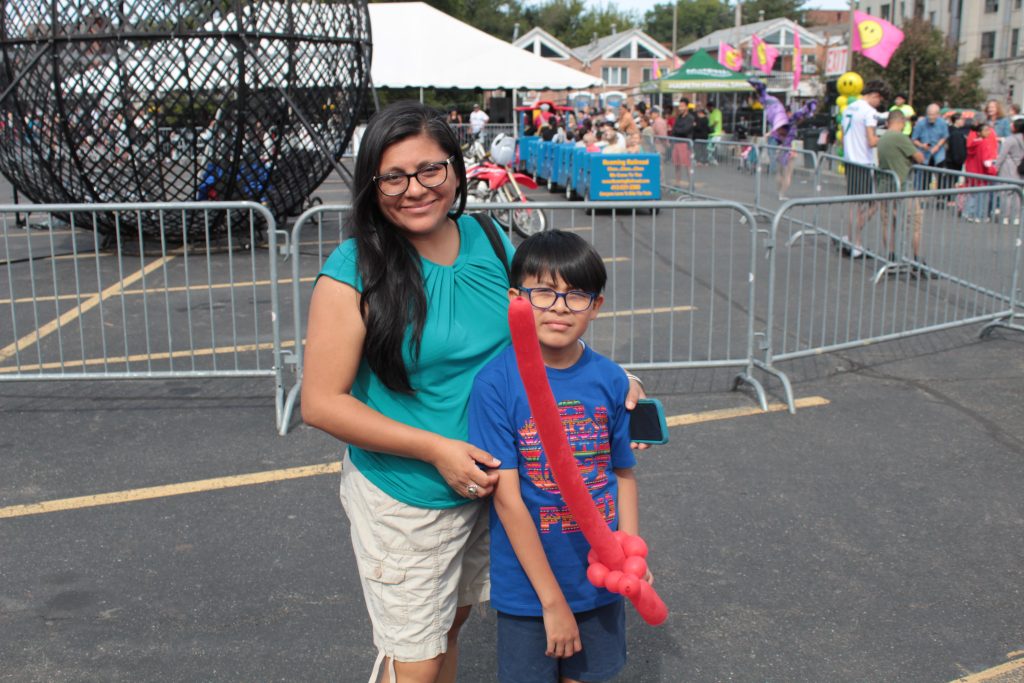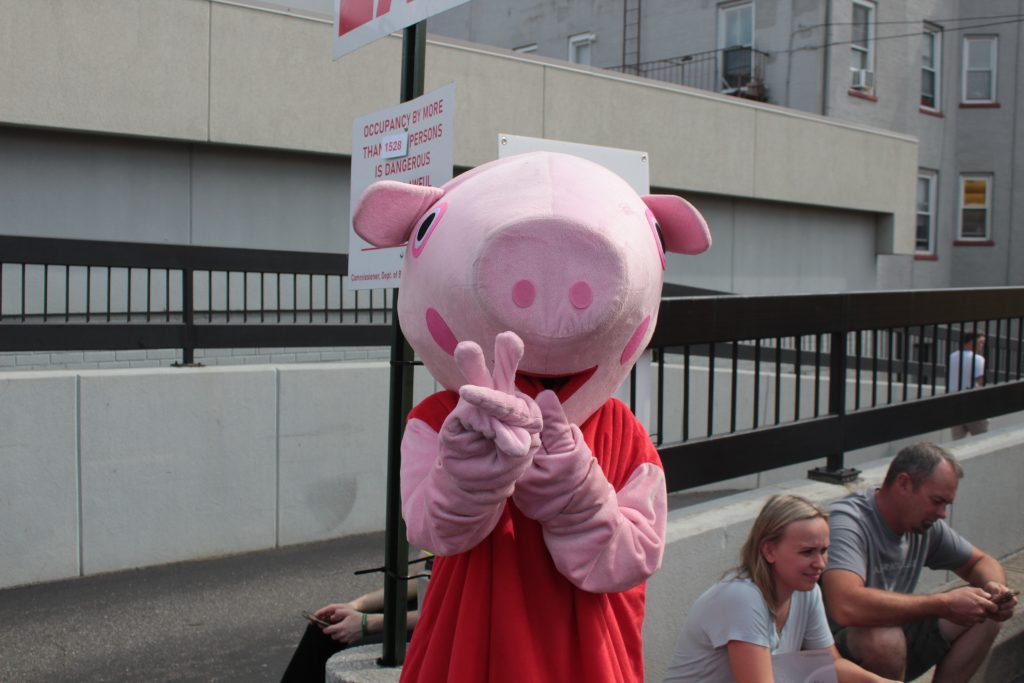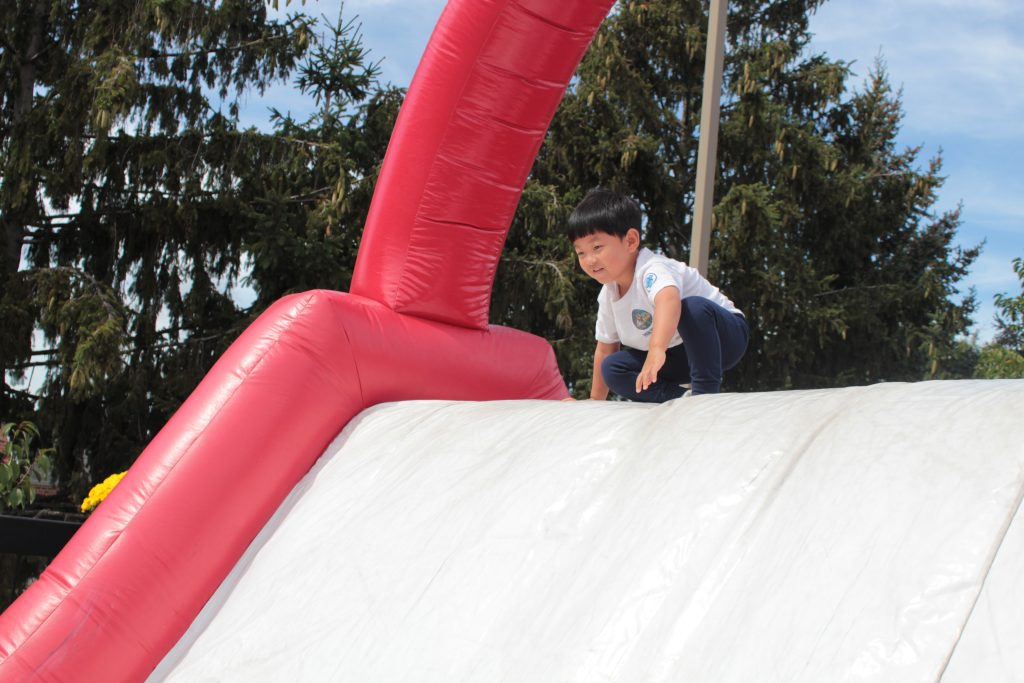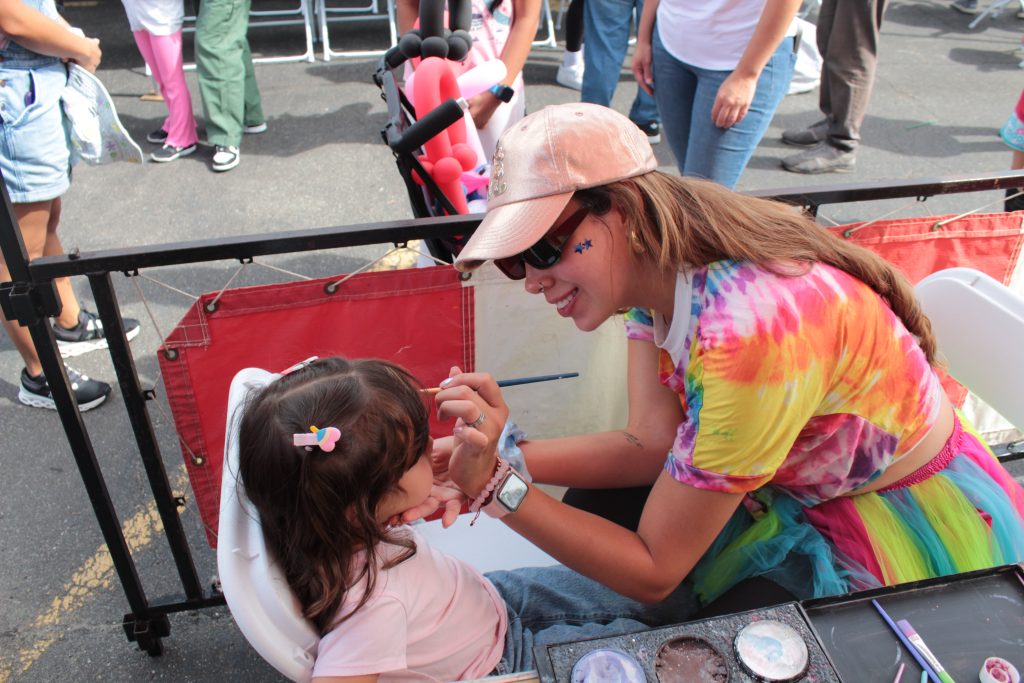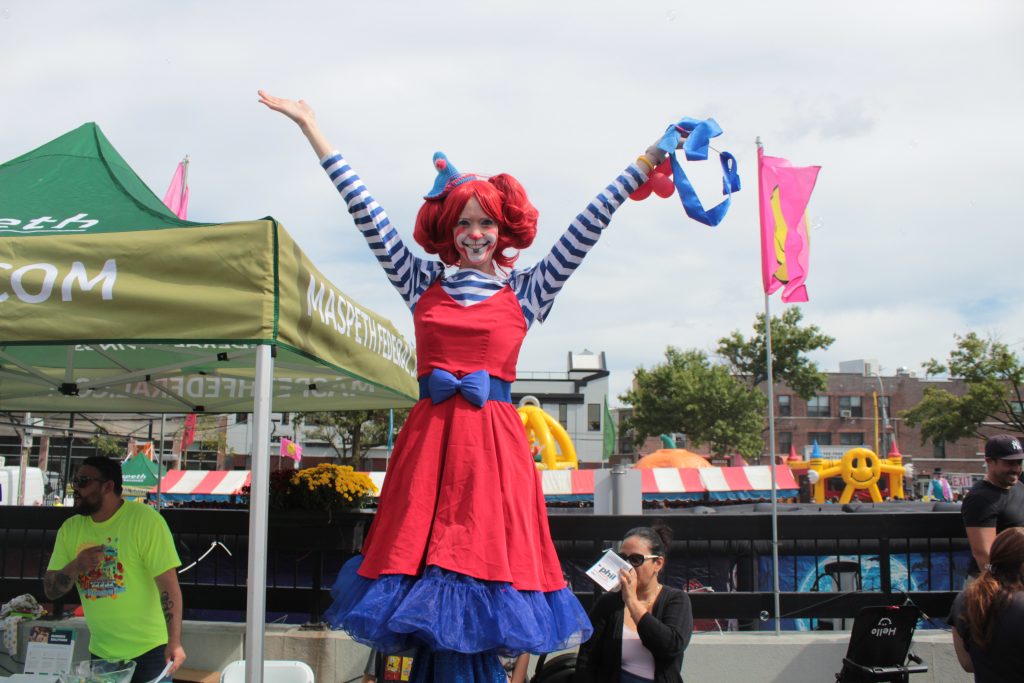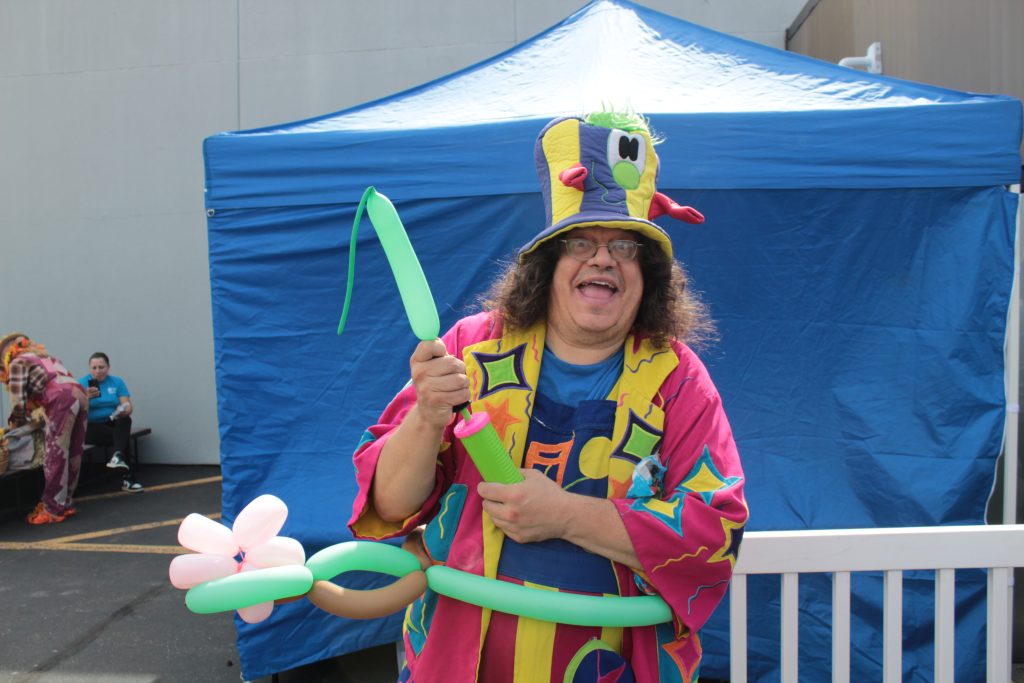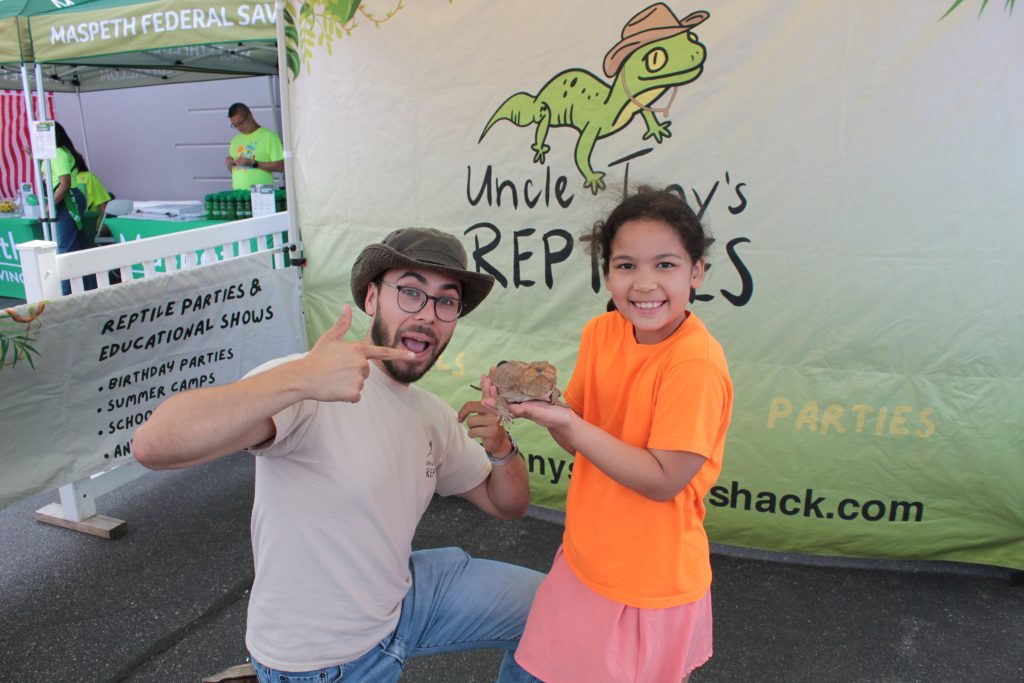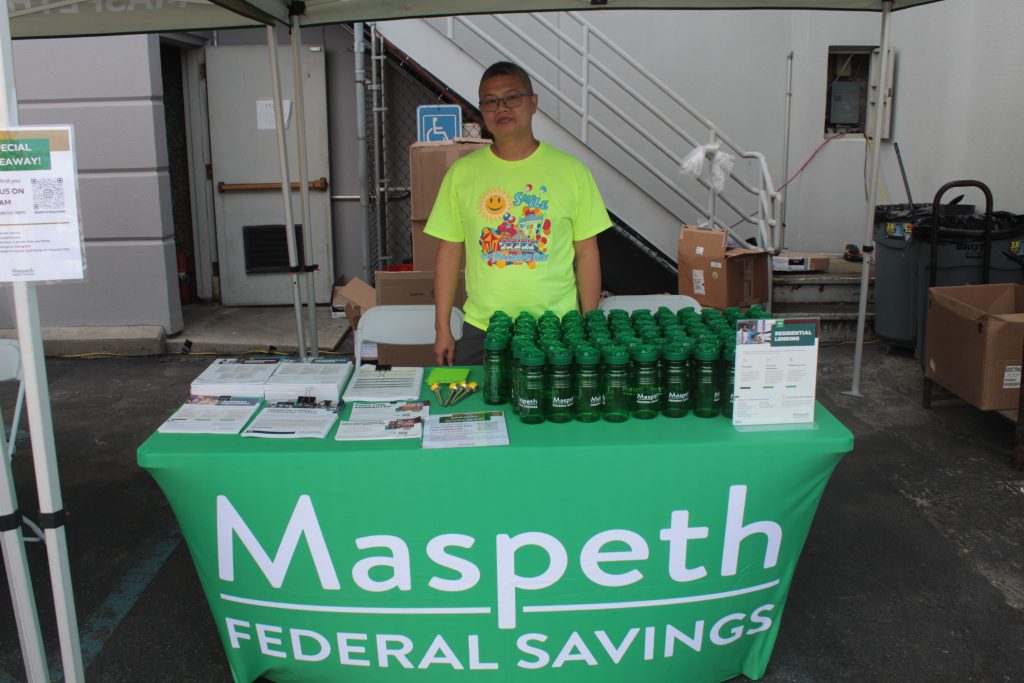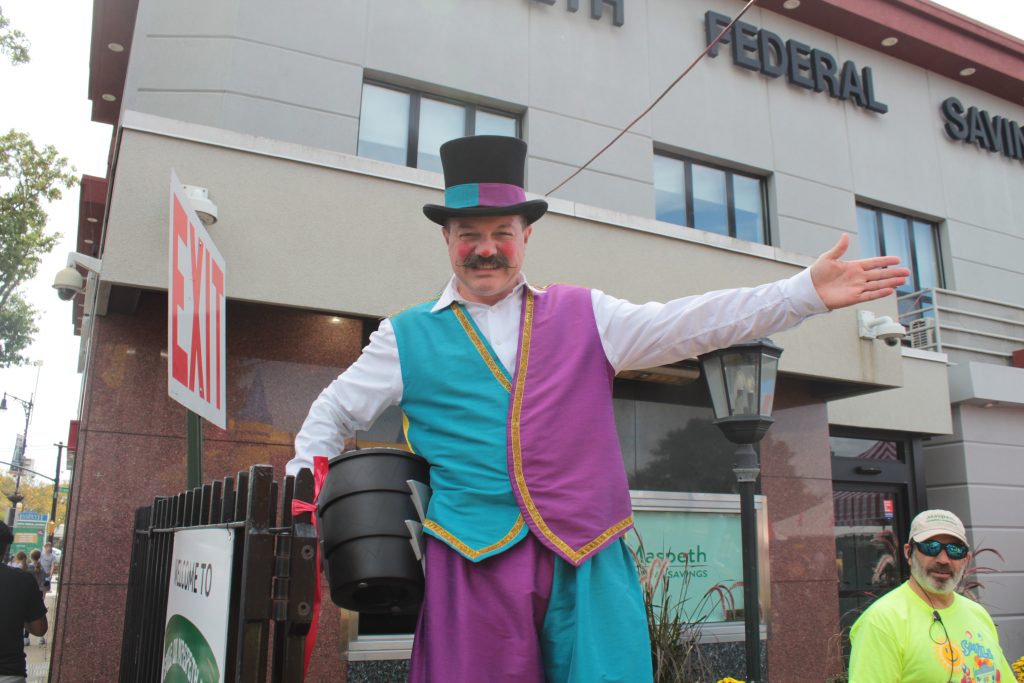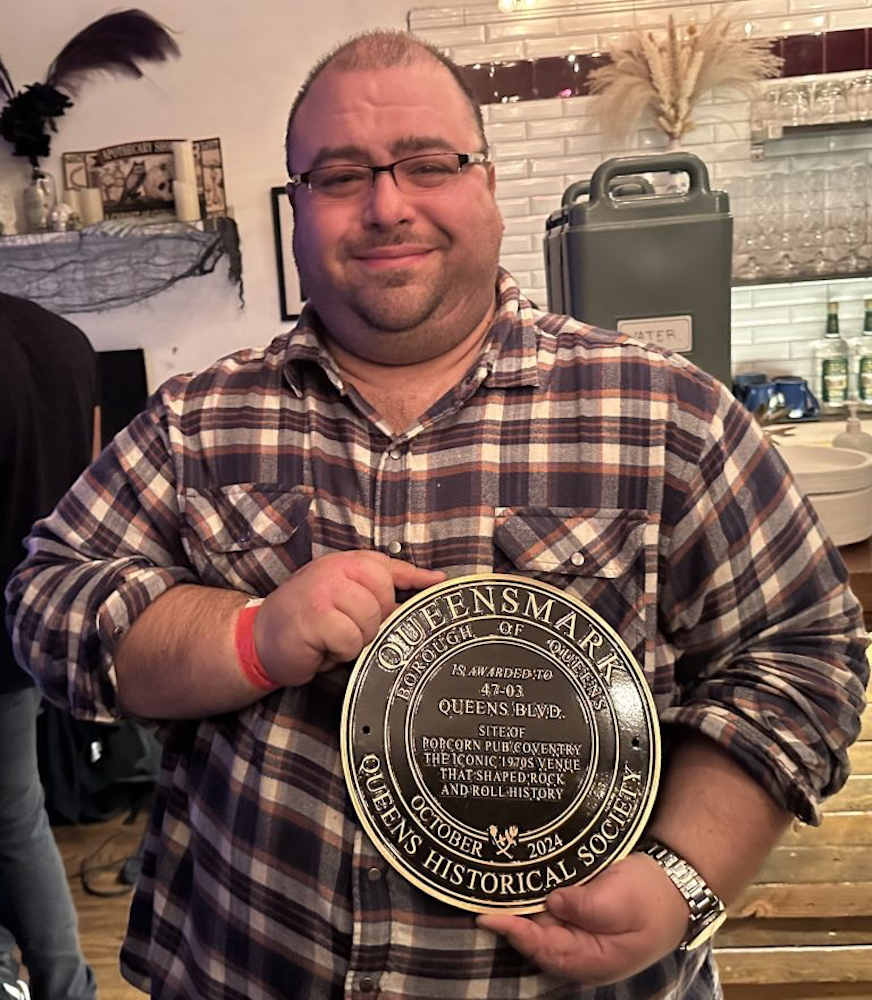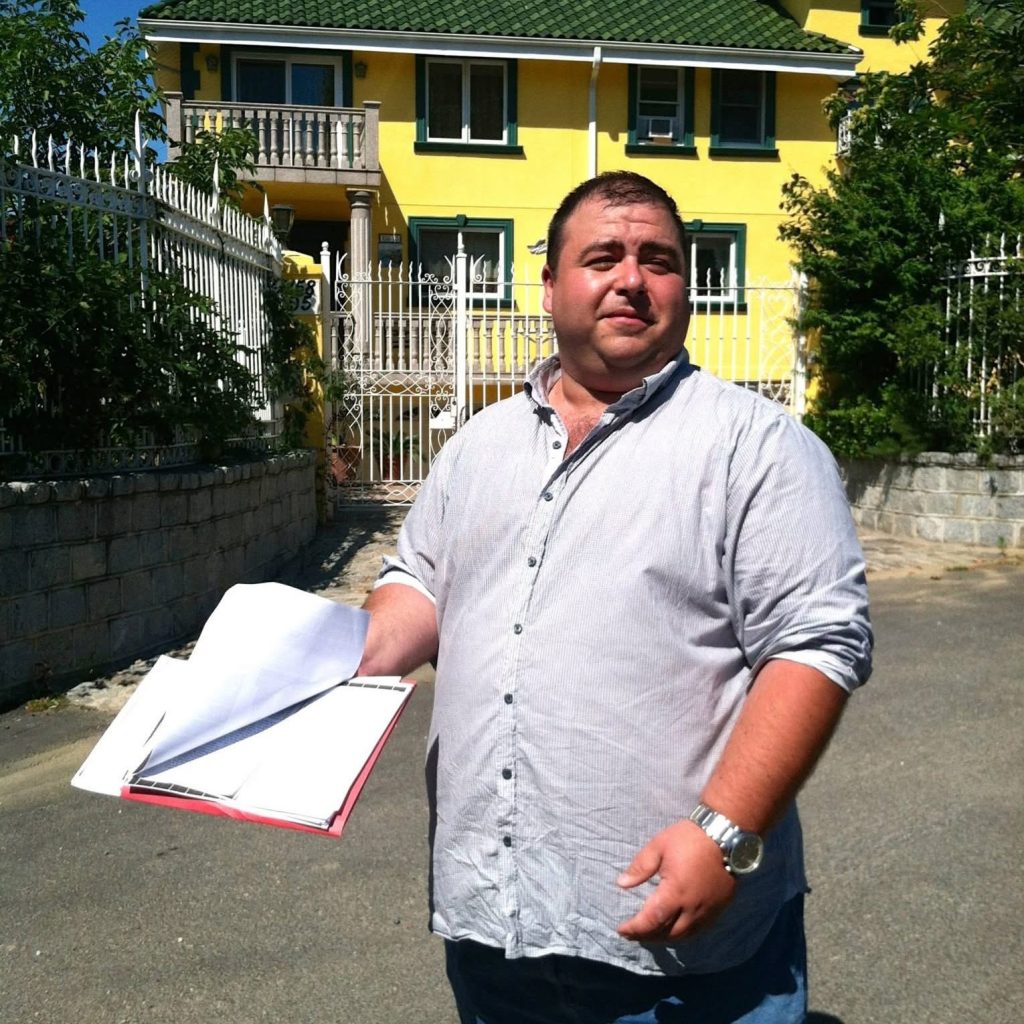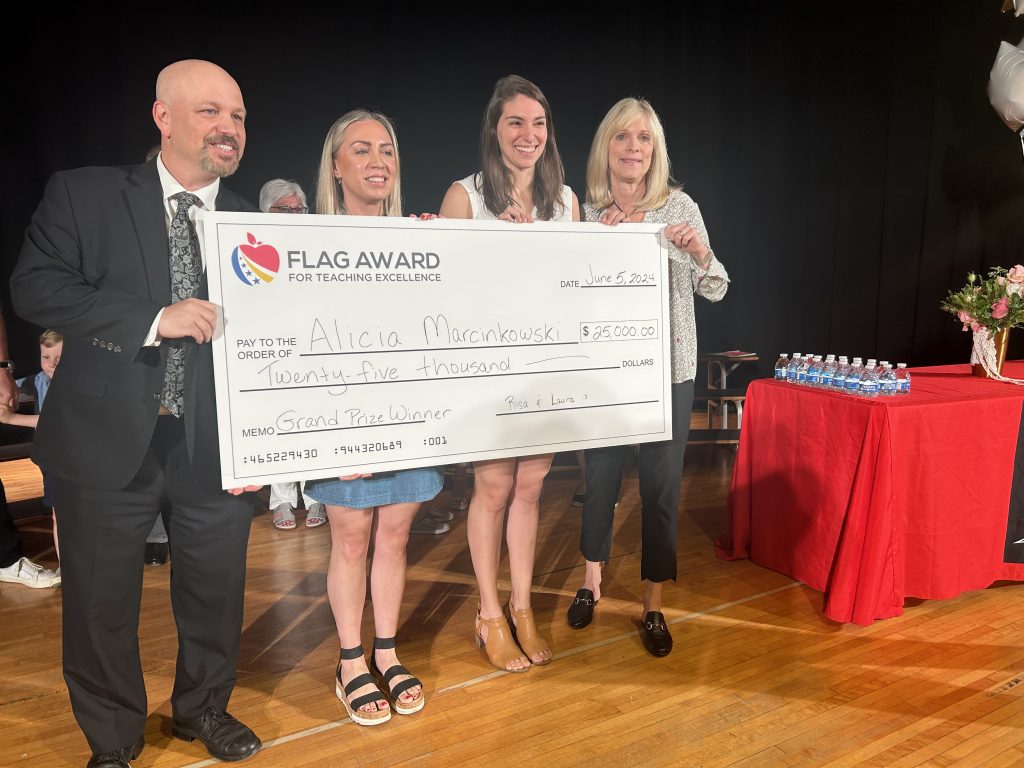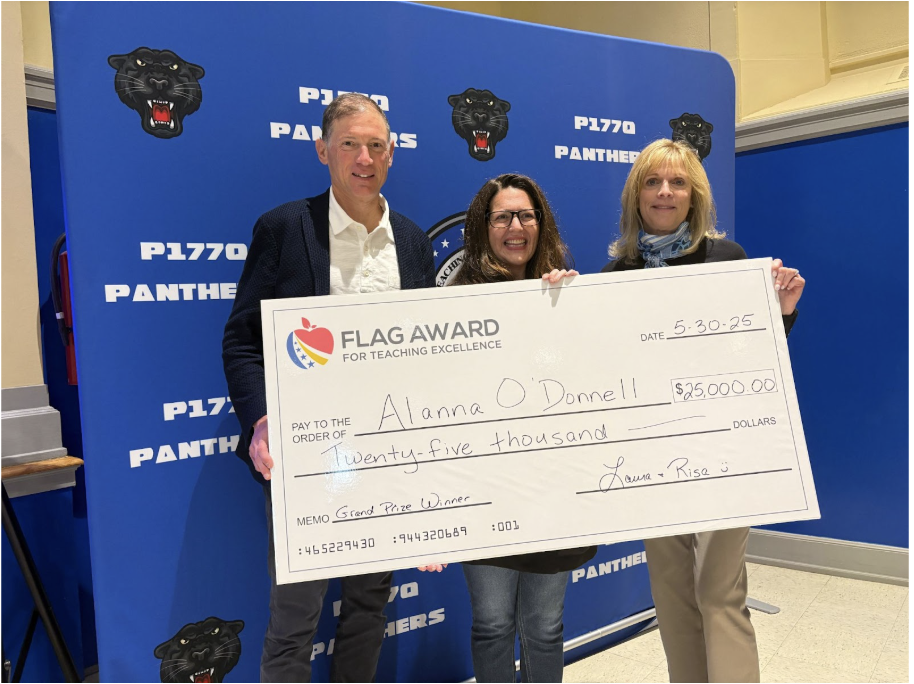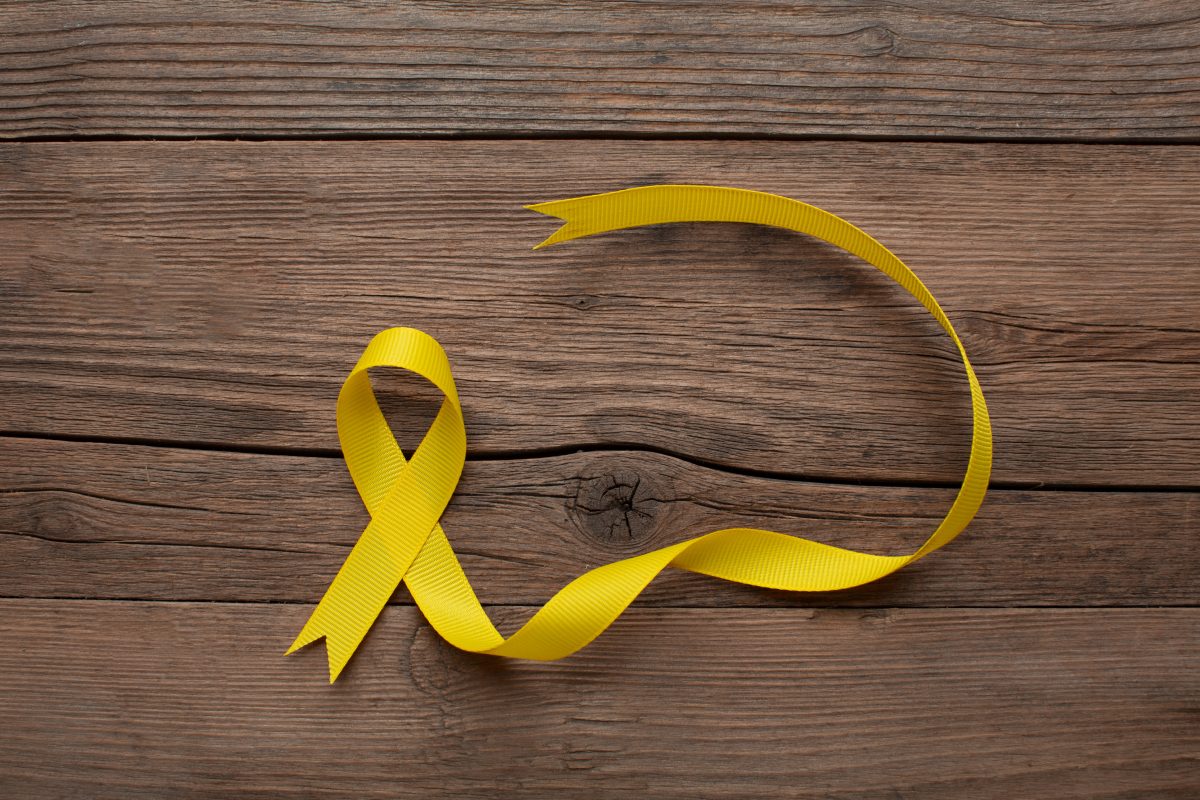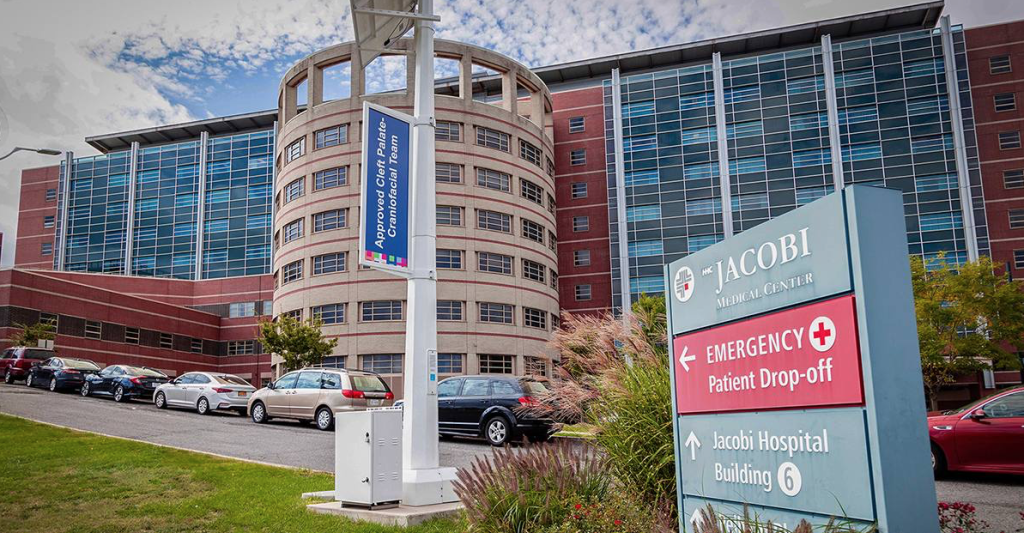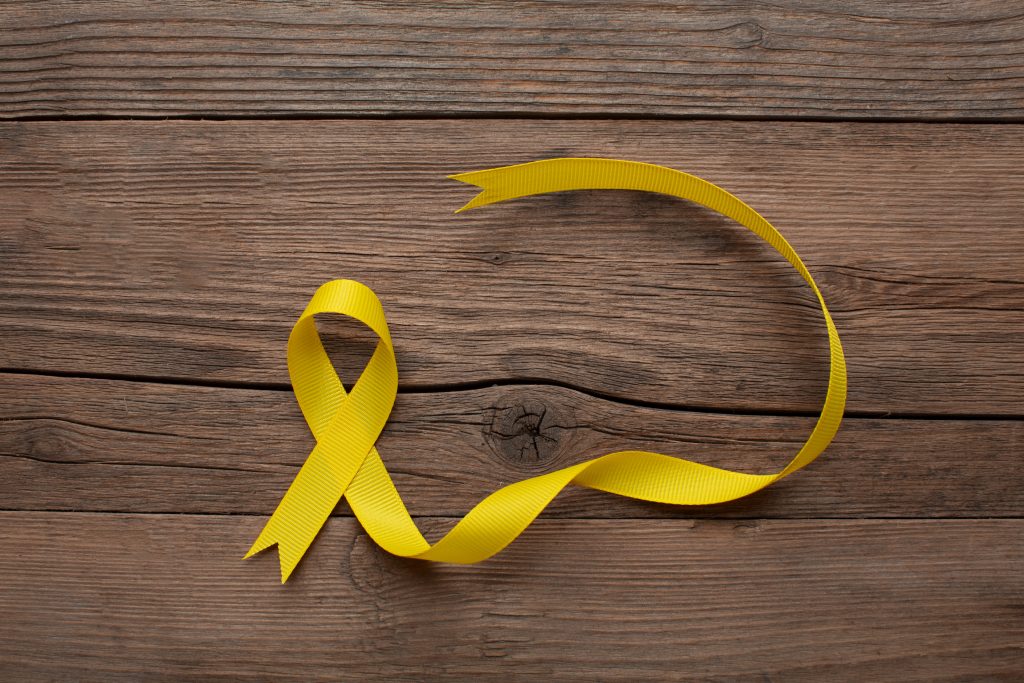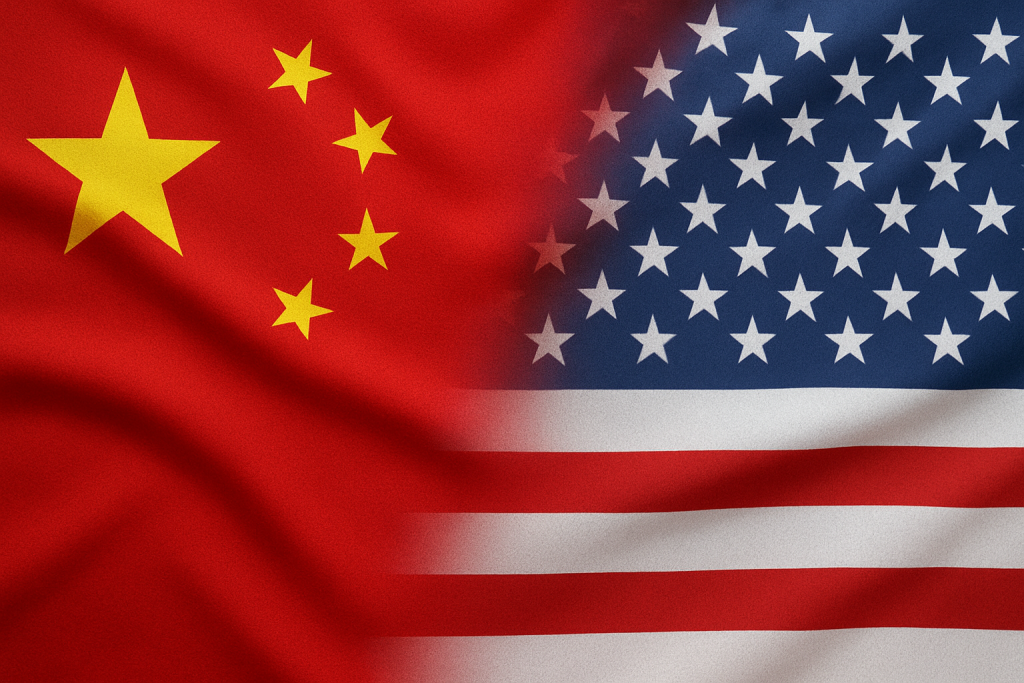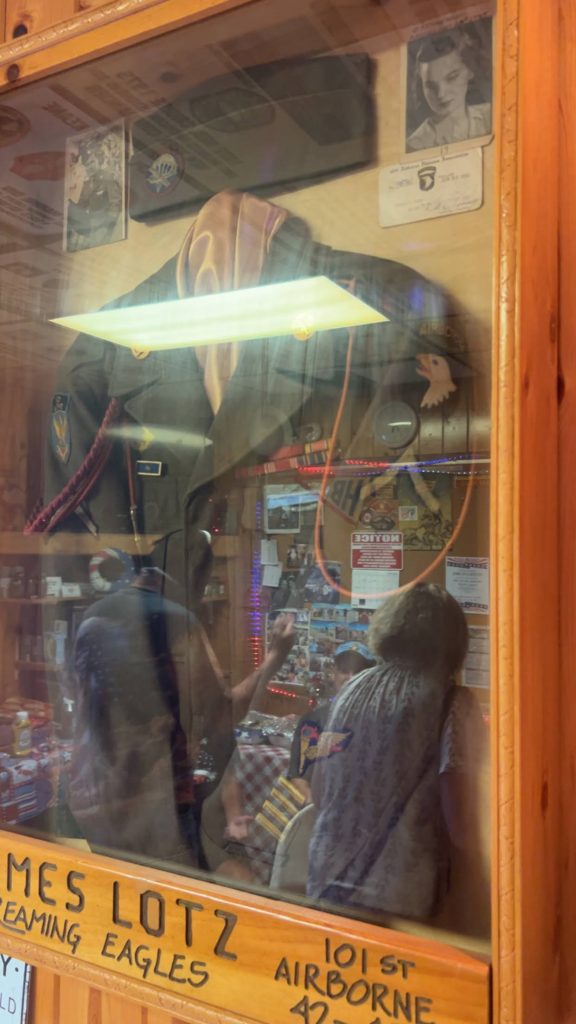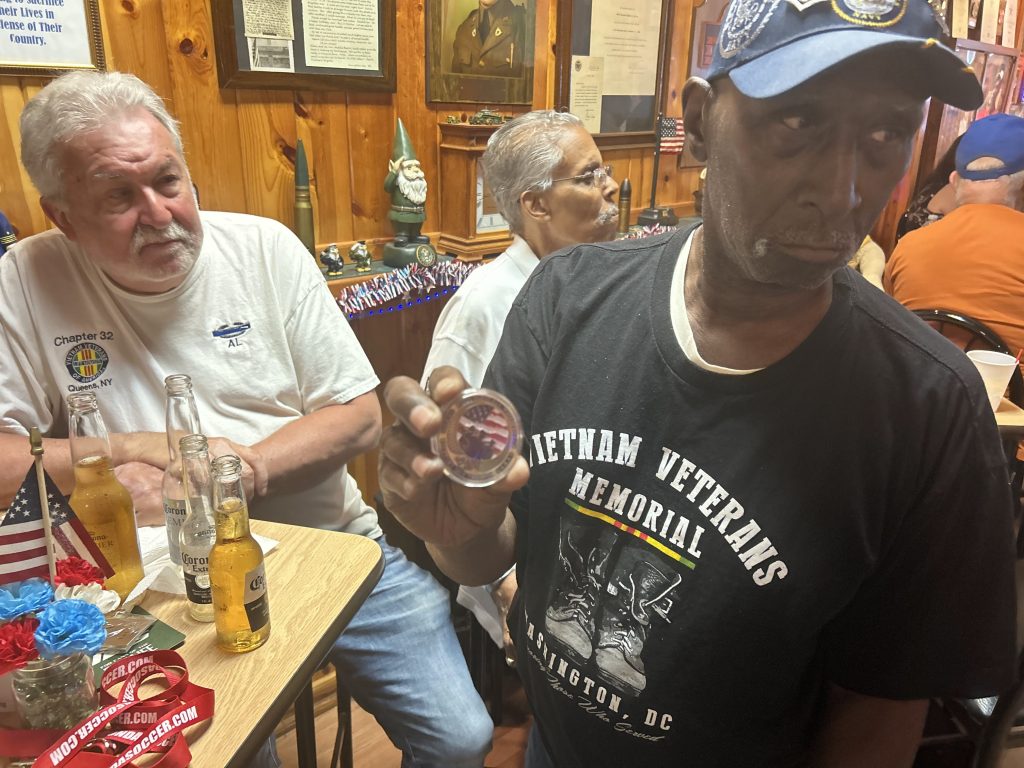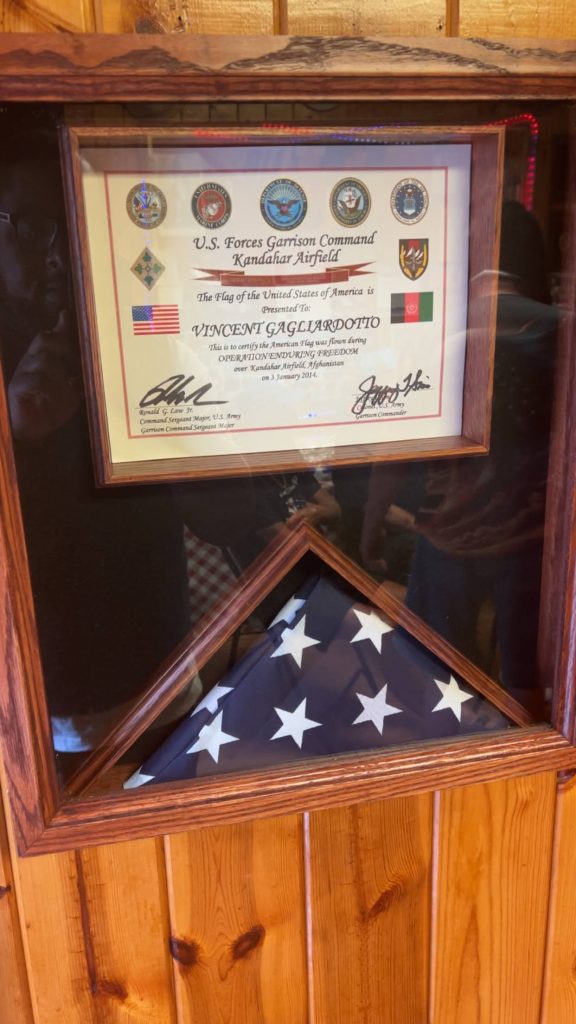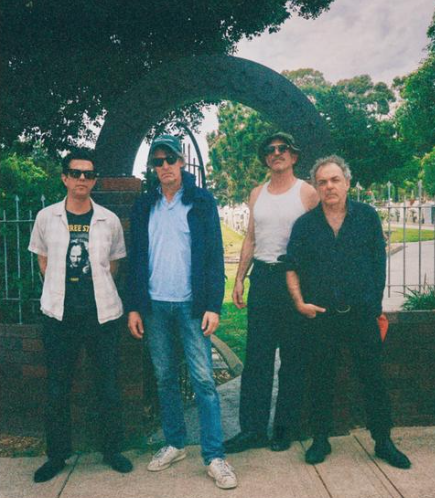Former Queens Assemblywoman Marge Markey Dies at 83
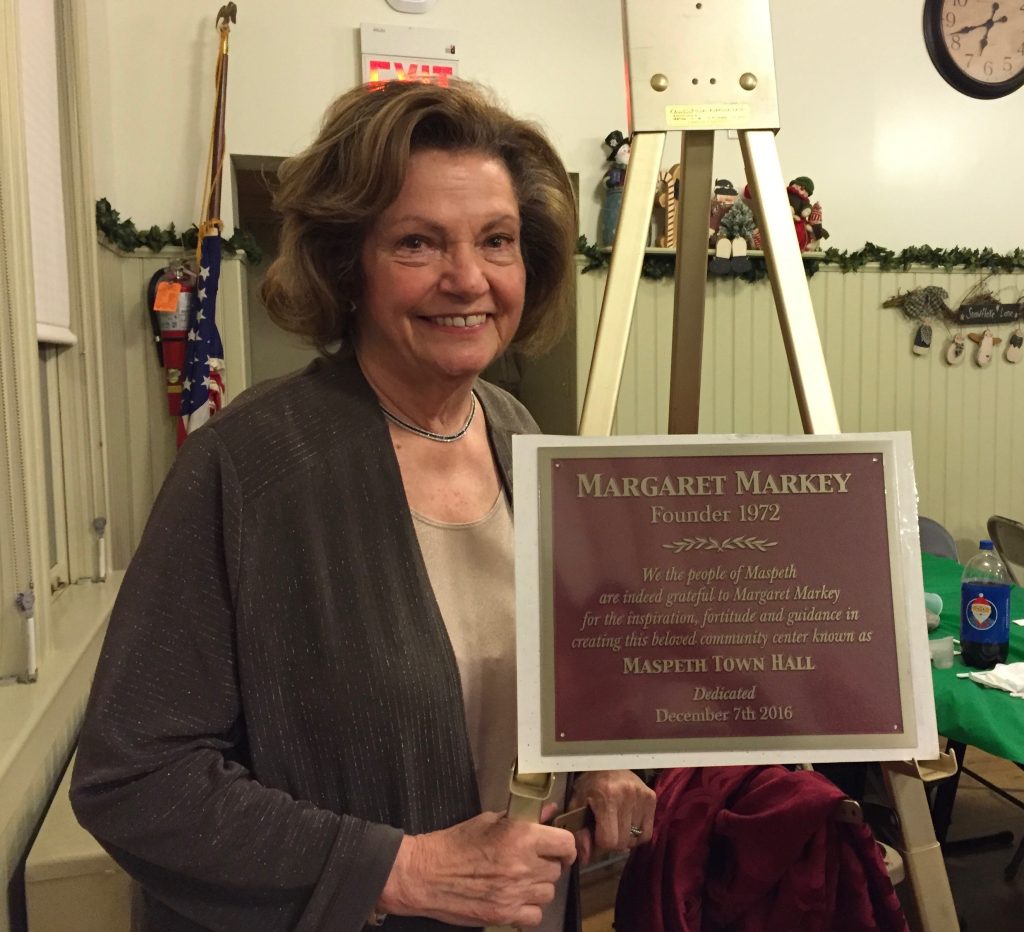
Maspeth’s Marge Markey Remembered for Lifetime of Service
By MOHAMED FARGHALY
mfarghaly@queensledger.com
Margaret M. “Marge” Markey, a trailblazing Queens lawmaker who championed community causes, elevated New York’s tourism profile, and spent more than a decade fighting to pass landmark protections for survivors of childhood sexual abuse, died Sept. 24 at her home in Maspeth. She was 83.
Her family said she passed away peacefully, surrounded by loved ones.
Markey, a Democrat, represented the 30th Assembly District — covering Maspeth, Woodside, and parts of Middle Village, Astoria, Sunnyside, and Long Island City — from 1998 until 2016. In office, she became known as a fierce community advocate who brought grassroots determination into Albany.
Her daughter, Margaret, said her mother’s entry into public service began long before Albany. “There was a fatality on 69th Street when I was very young,” she said. “My mom went out and gathered all the moms with strollers, whoever she could, and they marched for traffic lights. She kept at it until it got done. That’s just who she was — if she saw something that needed fixing, she wouldn’t let go until it was fixed.”
That determination carried into other local battles. Not long after, she led efforts to save a fire-damaged 19th-century police station in Maspeth, which city officials planned to demolish. Instead, with Markey’s persistence, it was preserved and transformed into Maspeth Town Hall, a nonprofit community center that today offers youth programs, arts, and senior services.
“She was also one of the people who stopped them from tearing down the old police station in Maspeth,” her daughter said. “Everyone thought it was an eyesore, but she kept saying, ‘We can use it.’ And because she pushed, that’s now Maspeth Town Hall. It’s still running today, and thousands of people use it. That’s her.”
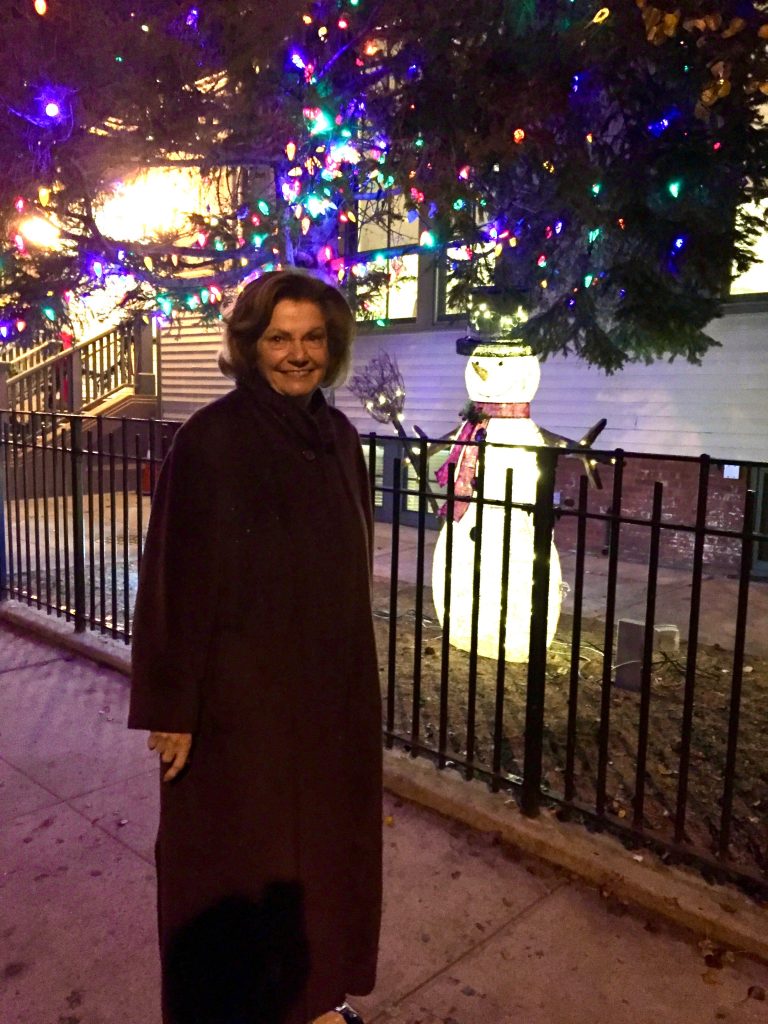
Markey’s deepening civic involvement led her to serve as a Community Board member and Democratic District Leader. She later joined the office of Queens Borough President Claire Shulman as Assistant Director of Economic Development, where she helped oversee local business growth and job creation. She then became Queens’ first Director of Marketing and Tourism, launching campaigns that celebrated the borough’s cultural diversity, global cuisine, and festivals — long before Queens earned its now-famous reputation as the “World’s Borough.”
Elected to the State Assembly in 1998, Markey rose to chair the Tourism, Parks, Arts and Sports Development Committee, where she pushed for stronger support of cultural institutions, historic sites, and recreational facilities across New York. She was also active in caucuses, including the Legislative Women’s Caucus, and served as president of the Irish American Legislators Society, reflecting her pride in her heritage.
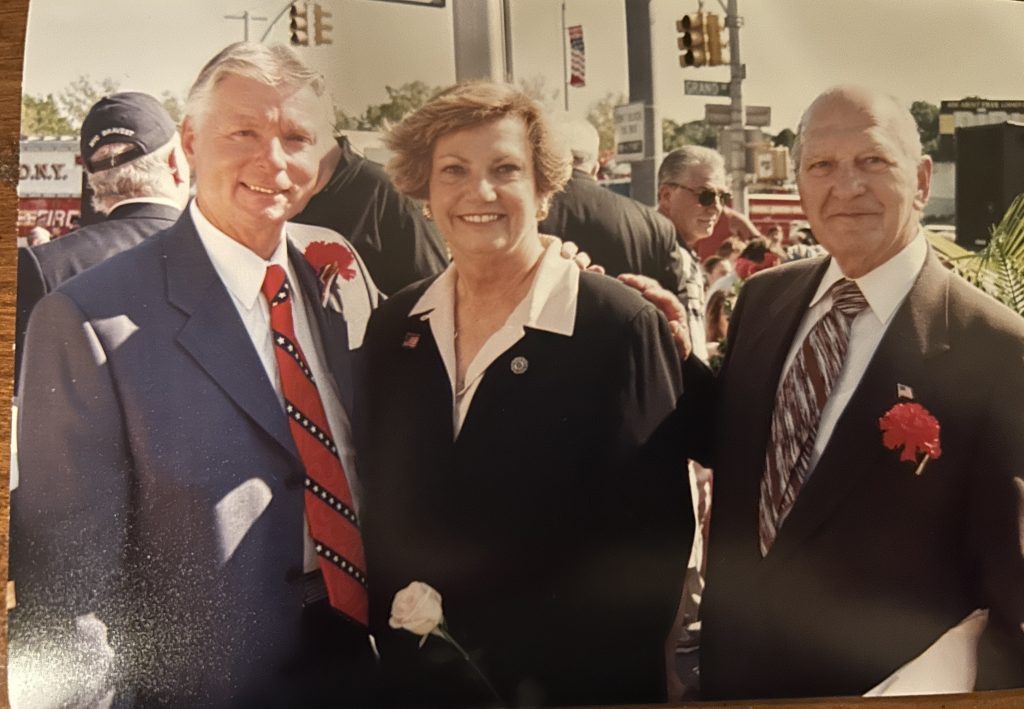
But the work that defined her career — and legacy — was her advocacy for survivors of childhood sexual abuse. In 2003, she introduced the Child Victims Act (CVA), which sought to extend the statute of limitations to give survivors more time to come forward.
The bill faced years of resistance, particularly from powerful religious and institutional lobbies. It was a battle that took personal courage: Markey, a devout Catholic, often endured backlash from the very communities and leaders she had long worked alongside. Critics targeted her, opponents sought to weaken the measure, and at times, progress seemed impossible.
Still, she persisted.
“She put that bill in year after year, even when everybody told her it wasn’t going anywhere,” her daughter said. “It was tough on her — she was a Catholic, and a lot of people gave her a hard time. But she would just say, ‘I know this is the right thing,’ and she wouldn’t back down.”
The law didn’t pass until 2019, three years after Markey left office, but her family said it remained the work she was proudest of. “It meant so much to her to know it finally got done,” her daughter said. “She fought for that for more than a decade, and survivors finally got a chance to be heard.”
Though she lost re-election in 2016, Markey lived to see her fight come to fruition. In 2019, Governor Andrew Cuomo signed the Child Victims Act into law. The legislation opened a one-year window for survivors to file claims regardless of when the abuse occurred and extended the statute of limitations for future cases — reforms long sought by survivor advocates. Thousands of New Yorkers have since pursued justice under the law.
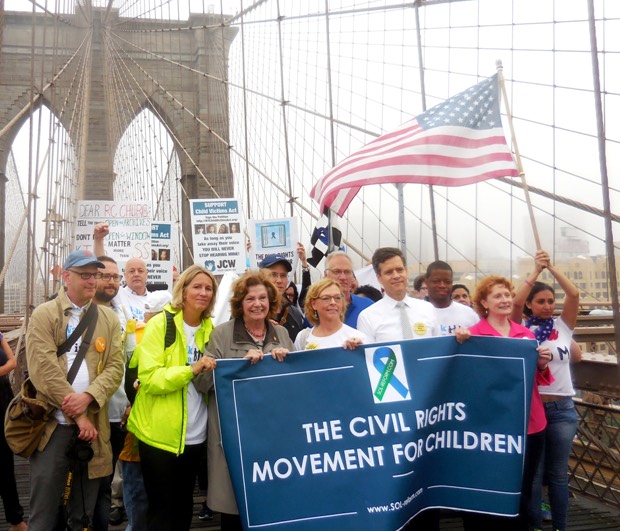
While her legislative work was often at the forefront, Markey’s family and friends remember her as a warm, curious, and compassionate woman who loved her neighborhood as much as she did the wider world. She cherished travel, especially to Ireland, and loved visiting museums and cultural sites. At home, she was just “mom” or “grandma Marge,” happiest when surrounded by family.
Family members say they will also remember her warmth and curiosity beyond politics. “She loved to travel, she loved art, she loved museums,” her daughter said. “But more than anything, she just loved talking to people. Everybody used to tell me, ‘Your mom really cared about me.’ And it’s true. She really did.”
Markey is survived by her husband, retired State Supreme Court Judge Charles Markey; her children, Charles, John (Endira), and Margaret (BJ); and her granddaughter, Camila.
